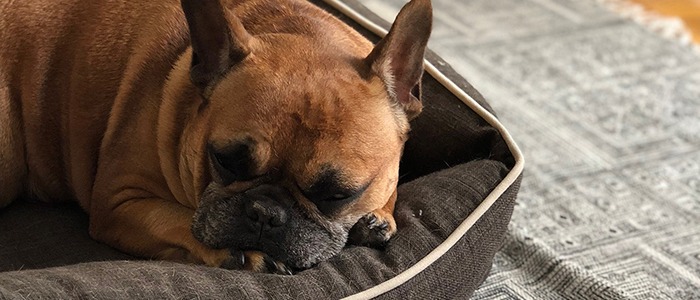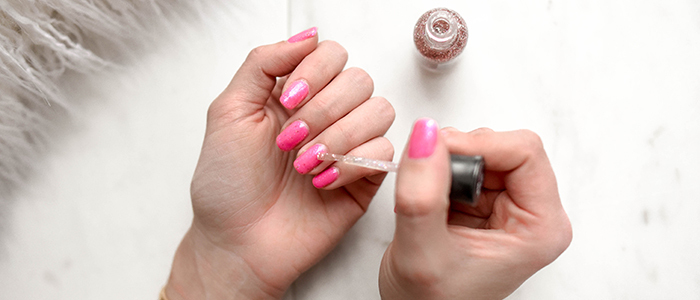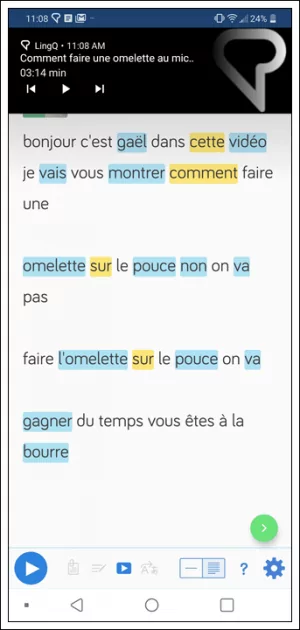A Quick Sketch of the Colours in French
Le drapeau français orTricolore (the French flag or Tricolour) is the ultimate emblem of all things French, but the word on the street on its meaning? It really depends on who you ask!
“White represents the king, and red and blue represent Paris.”
While it’s true that blue and red are the traditional colours of Paris, used on the city’s coat of arms, according to French general Gilbert du Motier, Marquis de Lafayette, white was the “ancient French colour” identified with the nation, although others do identify it with the monarchy.
On the other hand, it could also be said that the Tricolour represents the three main estates of the Ancien Régime in France, the nobility, the clergy, and the bourgeoisie.
So which is it, France?
“Blue for freedom, white for equality and red for brotherhood.”

When the Tricolour was formally adopted, its colours symbolized the values of the French revolutionary motto: liberté, égalité and fraternité – freedom, equality and brotherhood.
Based on the amount of conflicting opinions on this, it seems clears to me that colour is something people have a lot to say about in France.
You thought learning the colours in French was simple, right? A quick flick through the text book, where you’ll find, rouge, jaune, bleu, noir, blanc, vert and rose, skim read and move on?
In reality, there is so much more to the colours in French.
Essential grammar for using the colours in French
Although la couleur (the colour) is feminine itself, when used as a noun, French colours are all masculine.
However, when used as an adjective, roughly half of the colours are invariable and don’t accord with the subject, yet the other half do. While there are no black and white rules to identify if a colour is invariable or makes the agreement, there are some tips below, and we promise, you will get used to it in no time.
Invariable – don’t accord with the gender of the subject
(Le) Rouge – Red
(Le) Jaune – Yellow
(Le) Rose – Pink
(Le) Pourpre – Purple
(L’)Orange – Orange
Notice anything? These invariable colours all end in (e)
(Le) Bronze – bronze
(L’)Argent – Silver
(L’)Or – Gold
The metallics are invariable too, they don’t make the accord.
And neither does:
(Le) Marron – Brown

Variable – do accord with the gender of the subject by adding an (e)
Masculine or Feminine
Le Bleu(e) – Blue
Le Vert(e) – Green
Le Noir(e) – Black
Le Gris(e) – Grey
Le Blanc(h)(e) – White
Le Violet(t)(e) – Purple
These two are irregular, and require an extra consonant to be added, as well as the (e), to form the feminine adjective.
Colour Symbolism in French
Here we are going to look at a range of more colloquial, natural expressions in French to do with colour and colour symbolism. Some are similar to English usage, and some are really different!
Similar to English:
Être dans le rouge – to be in the red, in the context of finance and accounts
Rougir – to go red, meaning to blush
Alerte rouge – red alert
Le tapis rouge – the red carpet
Ecrit en noir et blanc – written in black and white
Avoir le feu vert – to have the green light
Une politique verte – a green/ecological policy
Voir la vie en rose (literally, to see life in pink) – to look at life through rose-tinted glasses
Different to English:
Être vert (literally, to be green) – to be furious, to see red
Être vert (literally, to be green) – to be unripe
Un jaune d’oeuf (literally, yellow of an egg) – an egg yolk
Être un bleu (literally, to be a blue) – to be naive, contrasts with being green in English
Un steak blue (literally, a blue steak) – extra rare
Un citron vert (literally, a green lemon) – a lime
Être un peu gris (literally, to be a bit grey) – to be a bit tipsy
Feu orange (literally, an orange light) – an amber traffic light

In French, we get so cold we turn violet (purple), rather than blue, used in English.
In my experience, learning the colours in French turned out to be so much more interesting than it appeared at first glance. Colour is a much bigger part of our daily lives than I first realized, from politics to art to agriculture.
People are always telling me that once you’ve driven down a road, you’ll always remember that route. The same goes for languages, once you’ve thought on your feet and found a way to use your vocabulary in a real life scenario, you’ll seldom forget it, any foreign language learner will tell you the same.
Here are some moments that have stuck in my mind, when I found myself discussing shades of colours, with helpful vocabulary.
Going to the hairdresser in France
Blond(e) – blond Blonde cendrée – ash blonde, silvery blonde
Platine – platinum blonde Blonde vénitien – strawberry blonde
Brun(e) – brown Châtain(e) – chestnut-brown (hair only) Châtain clair – dirty blonde
Noir(e) – black Blanc(h)(e) – white Gris(e) – grey
Asking the shop assistant if the item comes in another colour
Indigo – indigo Jade – jade Turquoise – turquoise
Getting a manicure and specifying the shade you want for your nails
Saumon – salmon pink Écarlate – scarlet Chamois – buff
Champagne – champagne Crème – cream

Redecorating and describing the shade of paint or wallpaper you need
Noisette – hazel Bronze – bronze Café – coffee coloured
Paille – straw coloured Sépia – sepia
Planning a party and looking for decorations in the same colour palette
Lilas – lilac Beige – beige Abricot – apricot
Visiting a vineyard, farm or market and discussing the shades of the grapes and wine or market produce
Pourpre – red tinged purple Cramoisi – purple tinged red
Violet – standard purple, more of a blue tone Mauve – mauve, light purple
Olive – olive Safran – saffron
These are all scenarios that could occur on holiday, whilst living abroad, or while role-playing in a language exchange with a partner.
Even easier, you could just watch your favourite French films just that little bit closer with a pen and paper and look out for all of the colour references.
Learn French Faster Using LingQ
Immersing yourself in French doesn’t require you to travel abroad or sign up for an expensive language program.
However, it can be a bit tiresome to find interesting content, go back and forth between sites, use different dictionaries to look up words, and so on.
That’s why there’s LingQ, the best way to learn French online because it lets you learn from content you enjoy!

You can import videos, podcasts, and much more and turn them into interactive lessons.
Keep all your favorite French content stored in one place, easily look up new words, save vocabulary, and review. Check out our guide to importing content into LingQ for more information.
LingQ is available for desktop as well as Android and iOS. Gain access to thousands of hours of audio and transcripts and begin your journey to fluency today.
Working on your French grammar? Check out our French grammar guide on LingQ!
***
Ella Louise Finn is a freelance French & Spanish to native English translator, proofreader, copywriter and transcriber, now based in Glasgow, Scotland, after spending time in Argentina and France honing her language skills.


